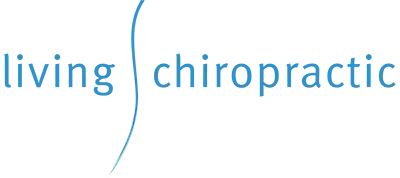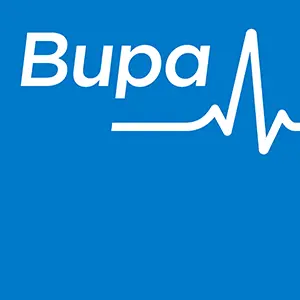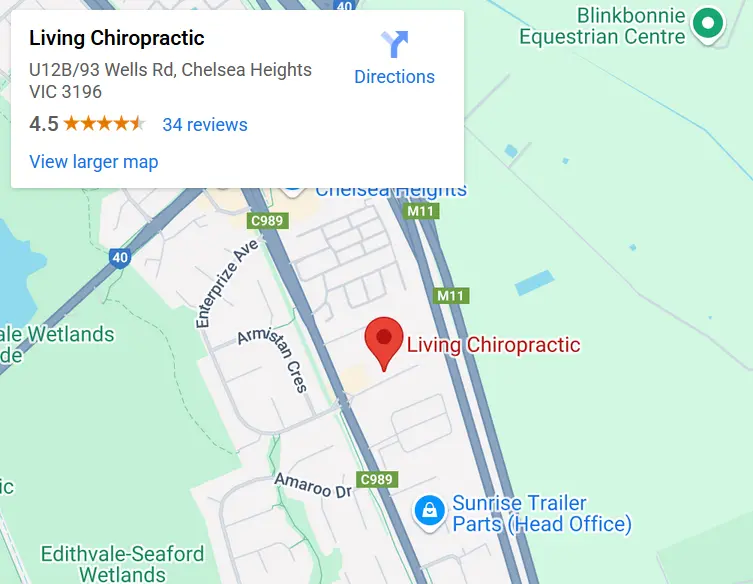Our feet need to last us a lifetime so ensuring we have happy, healthy and mobile feet is of the utmost importance. In order to do this, we need to factor in the way we walk (gait), the shoes we wear, the load we expose our feet too and ways we can optimise foot health, function and mobility.
The gait cycle is broken down into three stages:
HEEL STRIKE This is the first stage of the gait. This is the point in which your foot makes initial contact with the ground. Issues can arise from this stage if there is restriction through the calf muscles which does not allow your foot to go into dorsiflexion (toes being drawn up towards the sky).
MID STANCE This is the second stage of the gait cycle. This is the point in which the most balance in the grounded foot is required. Receptors for balance are located in the base of the foot which then communicate which muscles to contract/relax within the ankles/hips in order to maintain walking stability. This is the stage where the most stability and control is required within the gait cycle and where most lateral ankle sprains occur.
TOE OFF This is the third and final stage of the gait cycle and, in my opinion, the most important stage of the gait cycle. This is because this stage is responsible for the most mobility, strength and compulsive force in order to propel the body forward within each step. Limited big toe mobility can relate back to issues such as plantar fasciitis, bunions, arthritis and Mortons Neuroma.

By understanding the mechanics of the way we walk, it can help to give us a clearer picture of what kind of footwear we should wear in order to support each stage of the GAIT cycle. The majority of footwear nowadays does not allow, nor promote, mobility within the joints. Shoes should not be restrictive of dorsiflexion (movement where toes are lifted to the sky) as the heel strike stage will be compromised. Being the heel strike stage, your heel literally strikes the ground, so some amount of absorption of force within the shoe is ideal. If your shoe has too solid a heel, this can contribute to heel pain, plantar fasciitis, tendinopathies and calf tension.
The mid-stance stage of the gait cycle is where the majority of foot stability issues may be seen, therefore, it is important not to overlook this stage. After all, we spend a lot of time standing! This is often where your arch may collapse or even heighten. Sometimes, mid-stance is not achievable if an individual has restricted calves. But what I find the most beneficial from this stage, is observing what is happening upstream. Are the ankles collapsing due to hip instability? As Gray Cook (MSPT, OCS, CSCS, physical therapist, orthopaedic specialised therapist and strength and condition specialist) said Ankle perception drives Glute behaviour, so if your ankle sensors are deprived of the ability to receive feedback from the ground, your Glutes wont receive the stimulus as to how they should function. Many people wear orthotics which, structurally, do promote an arch within the ankle and can reduce pain short term. However, there is no way to increase the strength or function of an arch without increasing load, and orthotics decrease the load going through that region. So long-term, the use of orthotics is not a sustainable option for foot function or mobility. It’s about addressing the cause, not focussing on the issue.
As we propel ourselves forward, the toe off stage is where most of this acceleration comes from. Shoes need to be flexible enough to allow for full toe extension in order to be optimal in the force required to push the body forward and to allow for a smooth hand-over to the heel strike stage of the opposite foot. By restricting this movement, your foot does not have the propulsion that is required in order to force the body forward. If you look at professional track runners, are their shoes big and supportive or small and flexible?
Speaking of toe mobility, narrow-toed shoes should be avoided. Simply put, they are the exact opposite shape to how our feet are designed. So why wear them? They are known for causing bunions, limitations in joint mobility and further chronic conditions such as osteoarthritis and multiple other inflammatory issues. By restricting toe mobility, extra pressure is placed through other joints in the feet to compensate for that lost movement. It is essentially a domino effect from there.
Considering the importance of footwear, the mechanics of walking and the way we can avoid immobility-related foot issues, what is the best way to strengthen and adapt our feet to be the strongest and best functioning feet to last us a lifetime? Simply put, we need to expose them to load, senses and atmosphere which is best achieved by going barefoot.
Like anything, there is no giant step to a breaking of habit and re-training. You don’t learn to surf on the smallest board first. Progress is made by a series of assessments, exercises and many adjustments to those exercises along the way. However, a good place to start is to expose your feet to being barefoot inside your house. You know your house and you know it’s safe. Therefore, your gait cycle will not be compromised due to the caution you would take when walking barefoot on a surface you are not familiar with. Ultimately the more we expose and condition our feet, the more functional they become. By exposing our feet to the ground surface, it allows the foot sensors to send signals to the glutes as to how to function. Glute and Foot interplay is enormous but that’s a topic for next blog.


















